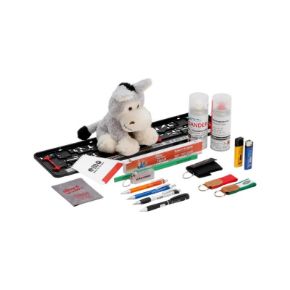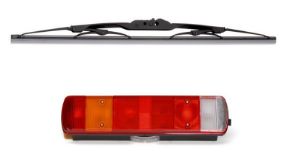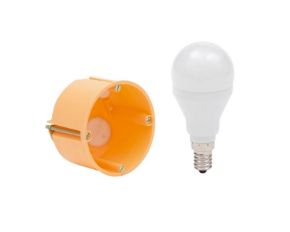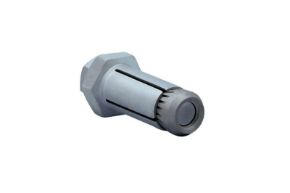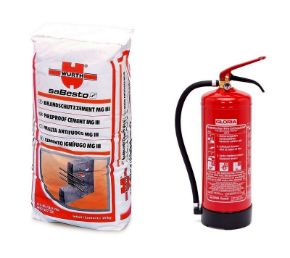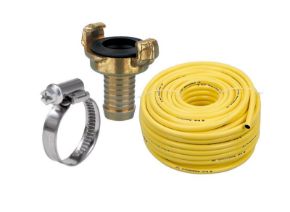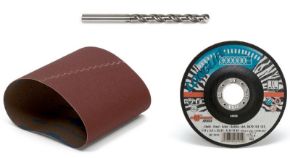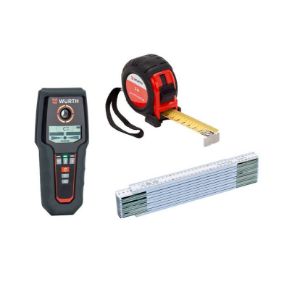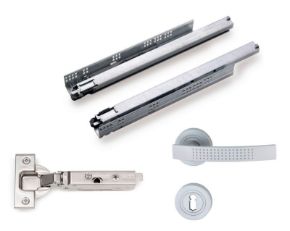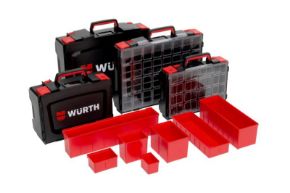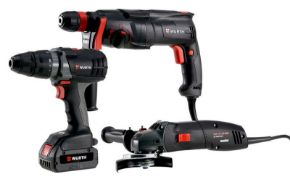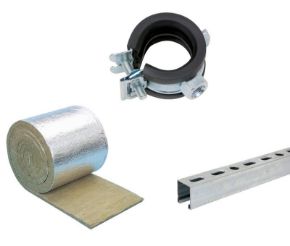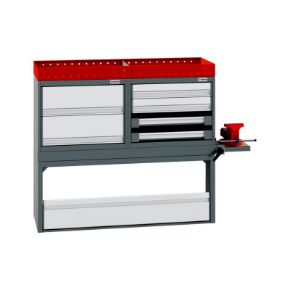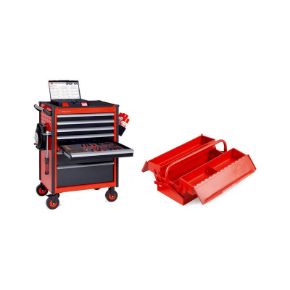Grit size is an invaluable metric when finding the right abrasives for your project. Sandpaper that’s too coarse can damage or ruin a surface, while sandpaper that’s too fine will require extra effort and wastes sheets. Very often projects will make use of multiple grits through different stages of the work, so it helps to know what kind of paper you’ll need each step of the way. All of this can be overwhelming, but understanding how sandpaper is graded can help and you may find it interesting, as well.
Grit Size
If you’ve ever looked closely at sandpaper, you’ve seen that it’s made of tiny mineral particles adhered to a backing. These particles are abrasive grains. Larger grains are coarser, and smaller ones have a finer texture. The coarseness of sandpaper is determined by its grit size, the size of its abrasive grains.
A piece of sandpaper needs a uniform grit size, because even minor differences in coarseness can have a huge impact on a surface being sanded. Why is this important? Multiple-sized abrasive grains would smooth out a surface unevenly, impeding your ability to paint, varnish, or do any other finishing or detailing work on it. It may even damage or deface what you’re working on.
Grading
Grading sandpaper helps communicate its coarseness and best uses via a standardized process for measuring grains. It starts with a sifting machine, which uses differently sized filters to sort particles. After the grains are separated out, they pass through a 1-inch filter or 1-inch square in a screen or mesh. The grade is determined by how many can fit through at once. For example, a Medium grade of 100 means that 100 same-sized particles can fit through; an Extra Coarse grade of 24 means that only 24 grains fit.
Grades are categorized into ranges that have different uses, with coarser papers for tougher sanding jobs and earlier surface preparation, and finer grits used on lighter or near-complete work.
- Extra Coarse: Sanding older floors; removing difficult, heavy layers of paint and varnish
- Very Coarse: First sanding of bare wood floors
- Coarse: Rough sanding and shaping of wood; removing paint
- Medium: Shaping wood; sanding of soft wood; removing varnish
- Fine: Smoothing finishes between coats; final sanding and smoothing of bare wood
- Ultra-Fine: Metal sanding; polishing very hard materials such as stone, plastic, and ceramics
The Golden Rule of Sanding
When you’re deciding on the sandpaper sequence for your project, remember the golden rule: never skip more than one grit! Each successive grit should remove the surface gradually for a smooth, even finish.

